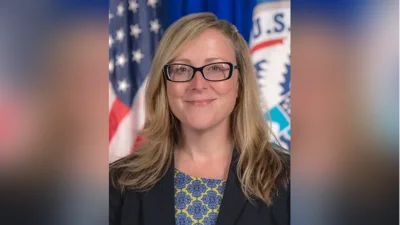Rabbi Dr. Ari Berman, President and Rosh Yeshiva | Yeshiva University
Rabbi Dr. Ari Berman, President and Rosh Yeshiva | Yeshiva University
A recent study from the Katz School explores how the science of freezing food can lead to improved preservation techniques, potentially impacting both the economy and food security. The research, published in Food Biophysics, delves into ice nucleation and growth during freezing, processes that significantly affect frozen food quality.
The United States Department of Agriculture (USDA) reports that the U.S. discards approximately 120 billion pounds of food annually. Dr. Ran Drori, senior author and associate professor at Yeshiva University’s Department of Chemistry and Biochemistry, emphasized the need for better preservation methods: “This significant food loss points to the need for improved methods of preserving food and extending its shelf life, particularly during freezing processes.”
Using advanced micro-thermography systems, researchers measured ice nucleation and growth rates in foods like beef, zucchini, broccoli, and potatoes. Findings revealed beef and zucchini have higher ice nucleation rates than broccoli and potatoes; however, once freezing starts, ice grows faster in broccoli and potatoes. This inverse relationship suggests potential for customized freezing processes tailored to each food's properties.
Co-author Shriya Jitendra Kalburge explained their methodology: “We used computer simulations to understand how heat flows through the food product during cooling and freezing.” These simulations aligned well with experimental results.
The study was supported by the U.S. Department of Agriculture’s National Institute of Food and Agriculture alongside Katz School’s Faculty Research Initiative. It linked ice growth rates to water, sugar, and fat content in foods—higher water content leading to faster ice growth while higher fat/protein levels slowed it down.
Dr. Martin Zalazar from Universidad Nacional de Entre Rios collaborated on this research with student Yining Zhang measuring ice growth rates in sucrose solutions. Understanding sucrose's impact on ice formation could benefit various applications beyond just food preservation.
Dr. Drori concluded by highlighting practical implications: “By applying principles of crystal growth and nucleation... Customized freezing processes could lead to fresher, longer-lasting products on supermarket shelves.”






 Alerts Sign-up
Alerts Sign-up